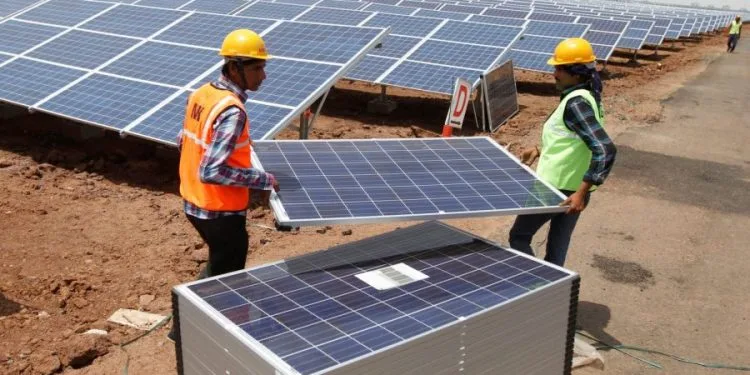Nigeria has 30% solar PV potential – AfDB

Nigeria has a 30% solar PV potential, according to the African Development Bank (AfDB) Group’s recently released West Africa Economic Outlook.
Nigeria is one of the West African nations with the highest economic potential and resources for expanding the adoption of solar PV, per the outlook.
According to data, Mali and the Gambia have a 30% potential for developing solar PV technologies, the report added.
While Burkina Faso has a 60% solar PV potential, Ghana has a 35% solar PV capacity and the Niger Republic has a 50% solar PV capacity.
Nigeria, along with Mali and the Benin Republic, has a 10% potential for the use of wind energy. The Niger Republic has 30% potential, while Ghana has 25% potential. While Cabo Verde has an intriguing 90% potential, Senegal has a 60% potential, and Gambia has a 70% potential.
Along with Mali, Burkina Faso, and Nigeria, this energy source has a 30% potential. Benin Republic, Cote d’Ivoire, Guinea, Liberia, and Togo each recorded 50%, while Guinea-Bissau also recorded 40%. 60% were in Sierra Leone.
Nigeria, Togo, Sierra Leone, Mali, and Guinea all had 30% biomass potential. The nations with the highest biomass energy potential in the West African region were found to be Cote d’Ivoire, Guinea Bissau, and Liberia, each with a 40% potential.
According to the AfDB outlook, the region’s power supply is expected to increase from 51 terawatt hours (TWh) in 2010 to 247 TWh in 2030 and 600 TWh in 2050, opening up opportunities for the deployment of renewable energy technologies.
The ECOWAS Renewable Energy Policy (EREP), first endorsed in 2012, aims to increase the region’s share of renewable energy in the total electricity mix to 35% by 2020 and 48% by 2030, according to the outlook.
According to the outlook, the proportion of new renewable energy sources—excluding large hydro—will rise to about 10% by 2020 and to 19% by 2030. These sources include wind, solar, small-scale hydro, and bioelectricity. According to these goals, there will be an increase in renewable electricity capacity of 2.425 MW by 2020 and 7.606 MW by 2030.
